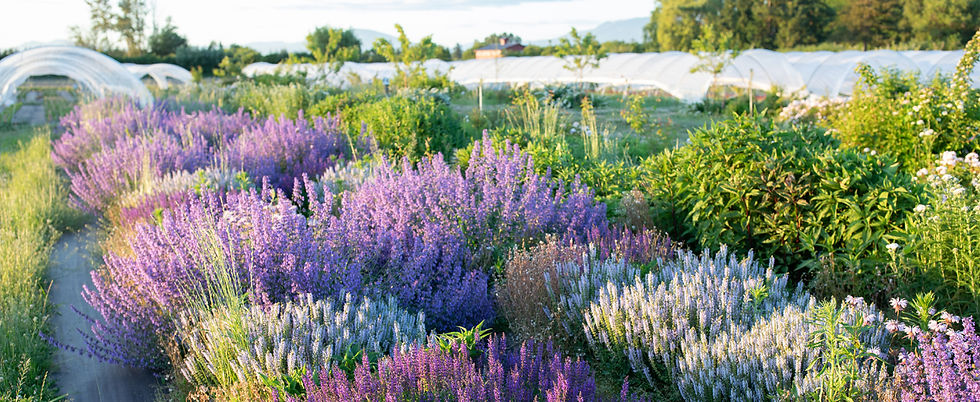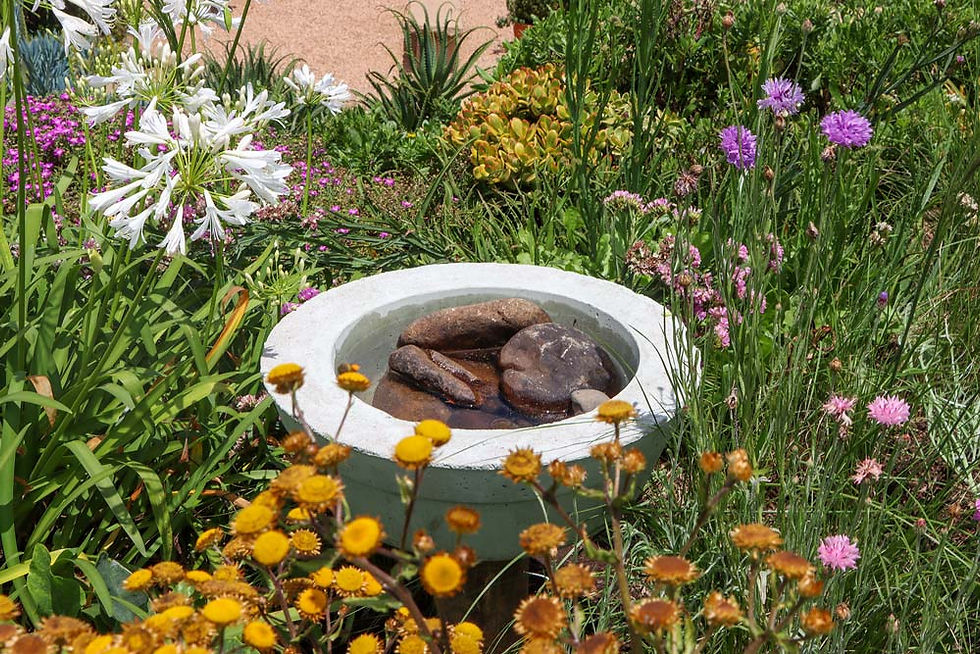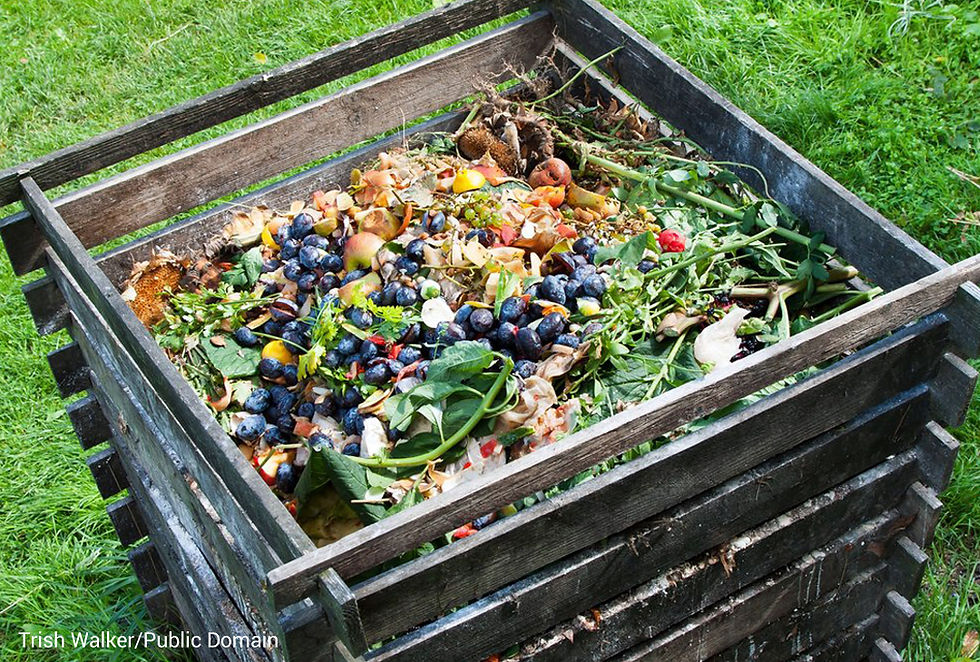Creating a Native Pollinator Garden: Transforming Your Backyard into a Thriving Ecosystem
- David

- Apr 22
- 4 min read
Gardening is more than just a hobby; it's an opportunity to connect with nature while supporting local ecosystems. Establishing a native pollinator garden in your backyard is a rewarding way to help bees, butterflies, hummingbirds, and other essential pollinators thrive. These beautiful gardens are crucial in maintaining biodiversity and ensuring a healthy environment for everyone.
In this blog post, we’ll walk you through the steps to create your own native pollinator garden, highlight specific beneficial plants, and share effective tips for maintaining this vibrant ecosystem. Let's dive into this exciting journey together!

Understanding Pollinators and Their Importance
Pollinators are essential for our ecosystems and food production. They help fertilize plants, leading to the formation of fruits, seeds, and vegetables. Remarkably, about one-third of the food we consume relies on pollination. Without these dedicated creatures, our diets would look very different.
Unfortunately, pollinator populations are decreasing due to factors like habitat loss, pesticide use, and climate change. By creating a native pollinator garden, you can provide much-needed habitats and food sources for these important species, helping them thrive once more.

Choosing the Right Location
Finding the perfect spot for your native pollinator garden is the first step. Look for an area that gets at least 6 hours of sunlight daily and has easy access to water. Avoid locations exposed to strong winds, as they can disrupt your garden's delicate balance. Additionally, consider visibility; placing your garden where you can observe visiting pollinators enhances your experience.
Selecting Native Plants
Choosing native plants is vital for attracting local pollinators. These plants are adapted to your regional climate and soil, requiring less maintenance and providing essential sources of nectar and pollen. Here are some recommended native plants, along with their benefits:
Coneflower (Echinacea): This perennial blooms in summer and attracts bees and butterflies with its vibrant colors. Studies show it can support up to 50 species of butterflies and moths.
Milkweed (Asclepias): Serving as a host plant for monarch butterflies, milkweed is crucial for their lifecycle. It provides food for larvae and nectar for adults, supporting an estimated 90% of the monarch population during migration.
Black-eyed Susan (Rudbeckia): These flowers bloom from summer to fall and provide nectar for various insects. They can attract over 30 species of bees.
To ensure a continuous food supply for pollinators, select a mix of plants that bloom at different times throughout the growing season.

Layout Design
A well-thought-out layout can enhance the beauty and functionality of your pollinator garden. Here are some design tips to maximize your garden's impact:
Layering: Arrange taller plants like coneflowers and bee balm at the back, with shorter species such as black-eyed Susans and milkweed in the front. This not only looks attractive but also allows all plants to access sunlight.
Group Plantings: Cluster plants together instead of scattering them. Group plantings mimic natural habitats and make it easier for pollinators to locate food sources.
Providing Water Sources
Just like any other living creature, pollinators need water. Creating a simple water feature, such as a shallow dish filled with pebbles, can offer a safe drinking spot for bees and butterflies. Change the water frequently to keep it fresh and to prevent mosquito breeding.

Avoiding Pesticides
Pesticide use poses serious risks to pollinators. As you develop your native pollinator garden, it is essential to prohibit chemicals. Embrace organic gardening practices. If pests become a problem, consider companion planting or introducing beneficial insects like ladybugs and lacewings to help control pests naturally.
Maintenance and Monitoring
While a native pollinator garden requires less upkeep than other gardens, some regular care is still necessary. Routinely check your plants for signs of disease or pests. Deadheading spent flowers not only encourages new blooms but maintains the garden's neat appearance.
Keep an eye on the overall health of your garden and adjust as necessary. If certain plants are struggling, consider replacing them with other native species better suited for your local conditions.

Creating a Climate-Smart Garden
As climate change grows a pressing concern, selecting climate-resilient plants is vital to ensure your native garden can withstand extreme weather. Research your local climate conditions and consult gardening experts to identify plants likely to thrive as weather patterns change.
By incorporating a blend of drought-tolerant species with those requiring more water, you can build a resilient ecosystem that enhances your area’s biodiversity.
Cultivating a Biodiverse Ecosystem
Creating a native pollinator garden is not just about beautifying your backyard; it’s about nurturing an essential habitat that supports ecological health. A thriving garden provides a sanctuary for pollinators, contributing to their survival while enriching your gardening experience.
With thoughtful planning, the right selection of native plants, and sustainable practices, your garden can flourish as a vibrant haven for bees, butterflies, and other vital creatures. So roll up your sleeves, dig into the earth, and watch your backyard transform into a lively display of nature that gives back to the world around you.




Comments